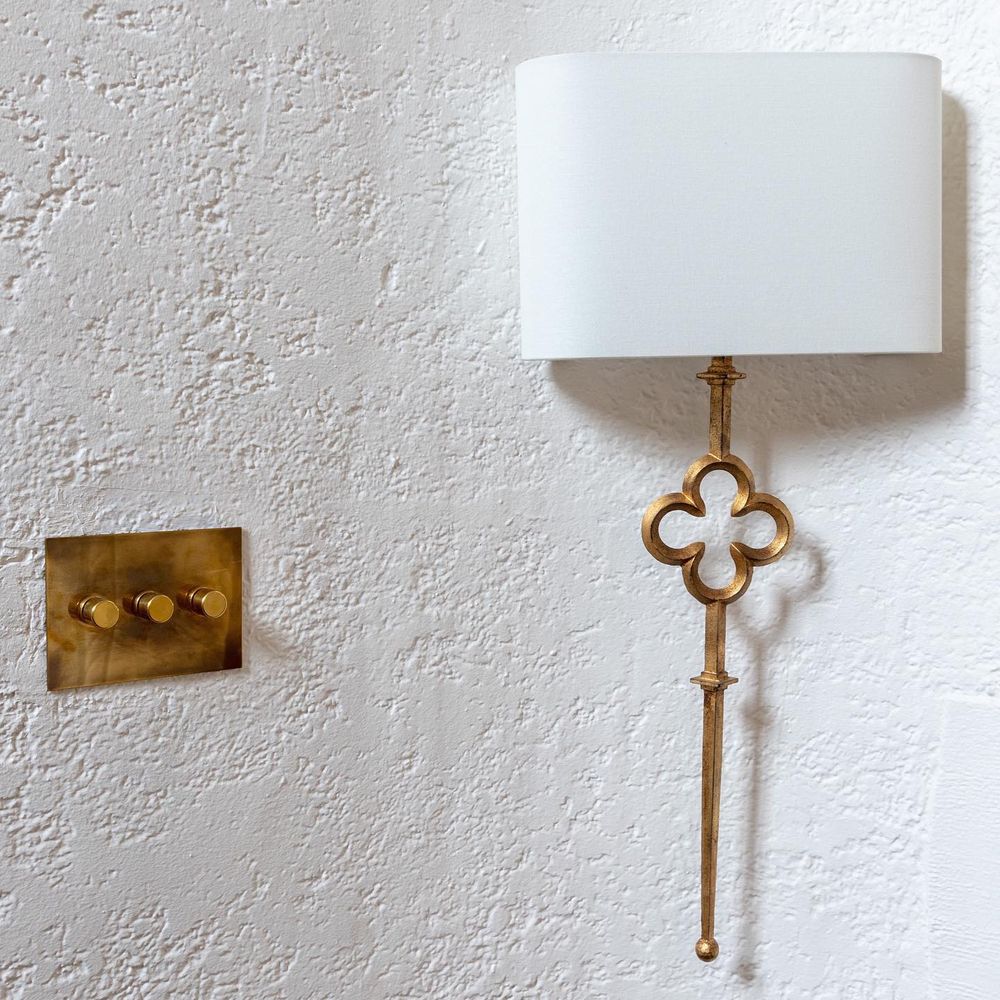Lighting can make or break the look and feel of a space. Beyond choosing the right fixtures, thoughtful lighting design considers how to control the lights themselves. Lighting controls give you the flexibility to modulating lighting to best match task requirements, mood, or time of day.
Whether you are doing a remodel, constructing a home, or just freshening up a room, installer-grade lighting controls are becoming the standard for creating an adaptable, exceptional interior lighting scheme.
Let’s explore the basic options for types of lighting controls, including their key features and ideal uses. Keep reading to learn more about dimmers, occupancy sensors, timers, and central control systems so you can choose the best style of lighting control for your space.
So whether you just want to adjust the brightness level for different tasks and atmospheres or want to create bigger custom lighting experiences, you’ll find a breakdown of the key types of controls and how they work. Let’s start shedding some light on your options for the ultimate customized interior lighting!
In a residential home, many types of lighting controls are available to manage and customize the illumination levels, ambiance, and energy efficiency. Some common types of lighting controls include:
Switches
Toggle Switches: Traditional on/off switches that control individual fixtures or groups of lights.
Dimmer Switches: Allow you to adjust the brightness levels of compatible light fixtures, providing flexibility in setting the ambiance.
Motion Sensors
Automatically detect movement and turn lights on or off accordingly. They’re useful in areas like hallways, bathrooms, and closets where hands-free operation is beneficial.
Timers
Set specific times for lights to turn on or off, useful for security purposes or for ensuring lights aren’t left on unnecessarily.
Smart Lighting Controls
Smart Switches/Dimmers: These can be controlled remotely via a smartphone app or voice commands. They often offer scheduling, dimming, and integration with smart home systems.
Smart Bulbs: LED bulbs with built-in Wi-Fi or Bluetooth capabilities that can be controlled individually or in groups through a smartphone app or voice commands.
Smart Plugs: Used to control standard lamps or fixtures by plugging them into these smart outlets, enabling remote operation.
Lighting Control Systems
Centralized Systems: Offer comprehensive control over all the lights in a house from a central panel or device.
Wireless Systems: Utilize wireless communication between devices for more flexible installation without the need for extensive rewiring.
Lighting Scenes/Presets
These allow the user to pre-set specific lighting combinations or levels for various activities or moods (e.g., movie night, dinner party, relaxation).
Daylight Sensors
Automatically adjust artificial lighting levels based on the amount of natural light available in a room, promoting energy efficiency.
Occupancy Sensors
Similar to motion sensors, these detect whether a space is occupied and turn lights on or off accordingly. They’re useful for saving energy in rooms that are frequently occupied and vacated.
Remote Controls
Remote lighting controls are wireless handheld devices that enable you to control specific lights or groups of lights from a distance. These are great for seniors, the elderly, or people with limited mobility.
Voice Control Interfaces
Integration with voice assistants like Amazon Alexa, Google Assistant, or Apple HomeKit to control lights using voice commands.
By testing out the different types of lighting controls, as a homeowner, you can enhance the convenience, energy efficiency, and personalized lighting experience throughout your residence!
